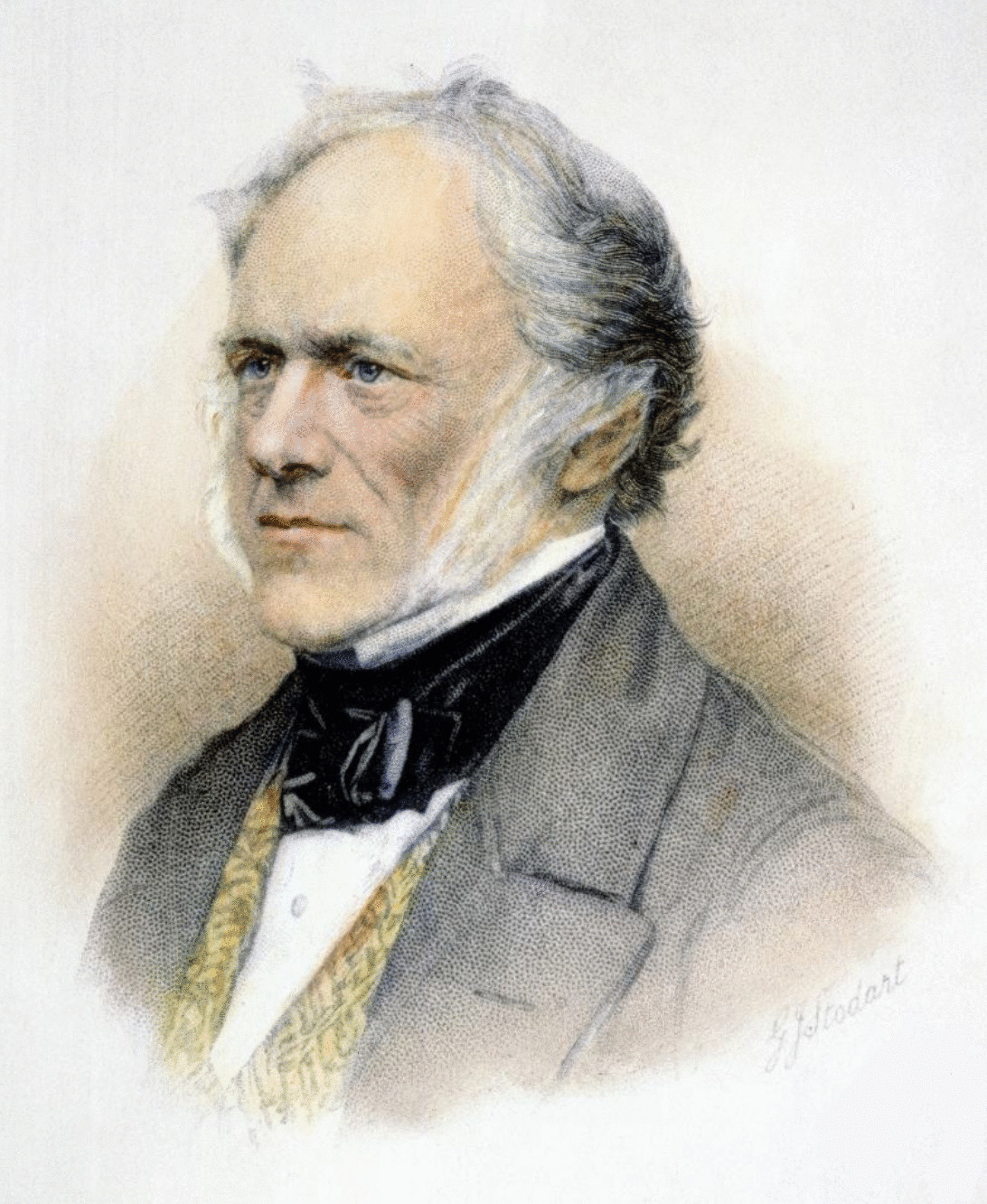By Farah Elgaweesh
The origins of life on Earth have remained shrouded in mystery for many years. Humans have generated a myriad of theories from the plausible to the absurd, attempting to answer fundamental questions about how and when life was first sparked. Today, respected geologists and scientists are operating on a workable level of understanding of the evolution of life, but research is still ongoing. Despite this controversy, one scientific consensus that we’ve arrived at is that, in order to determine how old life is, we first need to determine how old the Earth’s fossilized rocks are.
Fossils are any preserved remains, or traces of remains, of plants or animals found in rock, ice, amber, or ice. Those may include chemical remains, footprints, or hard minerals and tissues from animals’ bodies. They form when an organism dies and is quickly buried by layers of sediments. The oldest sedimentary rock can be found at the bottom when this happens repeatedly.
The fossil record is key in providing evidence for evolution. It links us to the past, showing us that not all species that are alive now were alive a millennium ago and not all ancient species are alive today. To determine the age of fossils, we examine the composition of fossils and the location of the rock with regard to its depth from the Earth’s surface.

Source: Others Sir Charles Lyell painting – (paintingandframe.com)
First off, let’s introduce some of the early theories that physicists and geologists came up with and discuss how our understanding of geology has evolved until now. One of the most influential people when it comes to estimating the age of the Earth is Charles Lyell (1797-1875), a Scottish geologist who penned the book Principles of Geology. He observed the geographical stratification of fossils and suggested that most geological changes were slow, gradually and constant. This was contradictory to the initial belief that the Earth is ~6,000 years old according to the Bible. Based on Lyell’s theory about the geological processes of erosion and sedimentation of the deposited fossils found, the Earth is now known to be hundreds of millions of years old. This means that a body requires a vast amount of time to fossilize, and this process has been occurring over enormous expanses of time, challenging the initial biblical timeline.
Source: Lord Kelvin (pinterest.ca)
A few decades later, Lord Kelvin (1824- 1907), who was a renowned physicist, engineer, and mathematician, came up with a different conclusion. He is also known as the father of thermodynamics and has the unit of temperature (Kelvin) named after him in honour of his contributions to the different disciplines of science. Due to his notable contributions and influence, people believed him and denounced Lyell’s theory. Kelvin believed that the Earth was gradually cooling down from a molten state and used mathematical calculations to determine the rate of cooling to trace back the age of Earth at 15 and 20 million years old. However, he didn’t consider that the Earth’s core is a viscous fluid that acts as a source of heat itself. His theory also didn’t account for the heat that is generated by the Earth’s radioactive decay. Overall, his estimate conflicted with the geological evidence presented by Lyell, but was accepted for a while and then disproved by the discovery of radioactive decay – which we still use to this day.
Radioactive decay uses unstable isotopes that decay at a constant rate that is not influenced by any external factor! This provides a rather precise “geological clock” to determine the age of the Earth. It is based on the half-life of an isotope, which is the time it takes for half of the atoms in the parent isotope element to decay into the daughter isotope, which could be of the same or of a different atom. Half of the atoms would decay in each half-life, ranging from a few minutes to billions of years. Using a combination of different isotopes and radioactive elements that have different half-lives, we can more reliably determine the ages of fossils.
Source: Radioactive Decay (carleton.edu)
Below are some common parent isotopes and their half-lives. There is a range of years in which this isotope would be useful in determining the age of sedimentary rock, and that is the effective dating range. The most common isotope used is carbon-14, which decays to nitrogen-14 gradually. Every 5730 years, half of the carbon atoms decay into nitrogen-14, and this makes it useful to determine the age of relatively newly formed fossils. Notice that:
- The parent isotopes have changed into other types of elements, like how uranium changed to lead.
- The parent and daughter isotopes have a relatively similar number of protons if not the same.
- The parent isotope will never completely disappear from a sample.

Source: Solved Use the following chart to answer this question. The | Chegg.com
Here’s where the math comes in: if we know the ratio of parent to daughter material, we can calculate the number of half-times that have elapsed, and by that, we can determine when this organism was buried. Consequently, we can use that to approximate when life started on Earth.
The following table can show the correlation between the number of half-lives and the % of parent vs. % of daughter isotopes. After 4 half-lives, it becomes hard to determine exactly how many half-lives have elapsed because the percent changes in the composition are insignificant.

The process of using isotopes can be applied to other disciplines, such as medicine. For example, cancerous tumours can be detected using gamma rays, which are emitted by unstable radioactive isotopes. These isotopes are also used to control the development of cancer after it has been detected, especially cobalt-60, which targets tumour growth. The isotope acts as a source of radiation, which is used to kill the cancerous cells. In addition, the emission of gamma rays can be useful in purifying and disinfecting food to increase its shelf life.
In conclusion, our understanding of isotopes and half-life represents a significant example of how math can be applied to biology. This interdisciplinary nature is part of a new branch of STEM: biomathematics. To determine the age of fossils, which are useful in approximating how old our planet and our universe are, we use radiometric dating. Radiometric dating is reliant on radioactive decay, which uses the ratio between parent and daughter isotope to calculate the age of the sample from the known length of the half-life. As well, we should all begin appreciating the usefulness of isotopes in modern society. They are used in a wide range of industries to make our lives easier and more comfortable!
[author] [author_info]Farah is a grade 11 high school student who takes partial IB at Old Scona Academic in Edmonton, Alberta. She is specifically interested in biological sciences, specifically human anatomy and physiology, as well as mathematical theorems. In her free time, she enjoys creative writing and journaling, as she finds it a therapeutic form of art. She finds volunteering to be a fulfilling way to spend time with others and help the community.[/author_info] [/author]
Works Cited:
[1] Hodge, B. (2020, December 11). How old is the earth? Answers in Genesis. Retrieved May 28, 2022, from https://answersingenesis.org/age-of-the-earth/how-old-is-the-earth/
[2] Wikimedia Foundation. (2022, May 24). Charles Lyell. Wikipedia. Retrieved May 28, 2022, from https://en.wikipedia.org/wiki/Charles_Lyell#:~:text=Building%20on%20the%20innovative%20work%20of%20James%20Hutton,Darwin%27s%20thinking%20on%20the%20processes%20involved%20in%20evolution.
[3] Who was lord Kelvin? everything you need to know. – Facts, Childhood, Family Life, Achievements, Timeline. (n.d.). Retrieved May 28, 2022, from https://www.thefamouspeople.com/profiles/lord-kelvin-139.php
[4] Admin. (2020, May 15). 10 uses of Isotopes. All Uses of. Retrieved May 28, 2022, from https://allusesof.com/elements/10-uses-of-isotopes/








